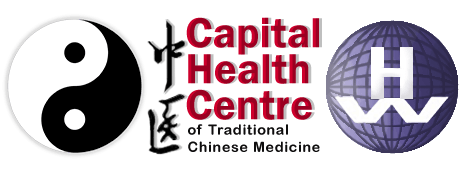The Five Elements of Healing Approach
In Traditional Chinese Medicine (TCM) there are five primary methods of healing. These can be categorised into acupuncture, massage, moxibustion (or moxa), cupping therapy, and herbal medicine. These treatments can be connected with the five elements (earth, wood, fire, metal, and water) to assist in understanding the holistic healing approach to the body. This is one healing approach in TCM that connects specific therapies to the elements.
Linking these body elements to the TCM therapies can look like:
- Fire being connected to the heart. The overall cardiovascular health of the body and the mind is also targeted.
- Wood being connected to the liver. This is also responsible for anti-stress, and increased balance and flexibility.
- Earth being connected to the spleen. This element also focuses on the muscular and digestive systems, as well as influencing disciplinary thinking.
- Metal being linked to lungs. The respiratory system, as well as skin and hair health are influenced by this element.
- Water being linked to the kidneys. This element can also have an influence on the bones, sleeping, and mindfulness.
Interestingly, each of the five methods of TCM healing can be linked to the body elements and can help support or improve upon the key areas of healing within these categories. Although, it is important to note that this approach is just one way of thinking in TCM. The therapies involved in TCM are important and beneficial for the body, mind, and soul holistically as the energy involved in each of these therapies helps improve and balance the flow of qi throughout the body’s meridians. However, these therapies can also be found to have benefits on specific, connected aspects of the body.
This means that:
- The herbal medicine in TCM, and the importance of its bitter taste, can help to improve the cardiovascular health of individuals, whilst providing cleansing properties (as well as contributing to the overall health of the mind and body).
- Massage is connected to the element of wood, as the skin contact can assist in balancing the senses, nerves, and body signals to support decreased stress, and improve the overall balance of the body.
- Cupping is linked to the earth element, as the process of suctioning and releasing the skin relaxes the muscles and body which is good for the muscular system.
- Acupuncture is related to metal, meaning that the acupuncture needles can support stress-related issues. When the needles are applied quickly and effectively, they can pull out negative tension from the medians within the body, which can balance the flow of qi.
- Moxibustion and the associated heat of the treatment are connected to the water element in TCM. The special herbal balance can relax the body and treat water-related issues, such as coldness.
The holistic healing approach, which is integral to TCM, is also applied to each element and associated treatment option. This elemental thinking doesn’t rely on a point-to-point treatment that immediately expresses benefits, but is beneficial on a broader scope. The holistic approach doesn’t just focus on a specific issue, but treats the body as a whole, interconnected system where no symptom or issue is treated in isolation. This means that as symptoms arise in specific places, the root causes of these health concerns can be addressed by focusing on the rest of the body so that no aspect is neglected and the issue area isn’t being overtreated. This holistic approach to treatment creates balance within the body and improves health issues from the inside out.
The five elements of this healing concept can be given to clients as a method to mind-fully address their health concerns in a relatively stress-free environment. This is recommended instead of a disease and pathological methods approach to diagnosis, which can lead to stress, enhancing the present sickness and symptoms, and affecting the healing and balance of the problem.
This approach can empower clients as they can take charge and initiate their health journeys at home and throughout their daily lives, to either improve or support chronic conditions. By doing this, clients can exercise assertiveness and feel less helpless in the medical and health environment.
Written by Lili Henderson-Clark




